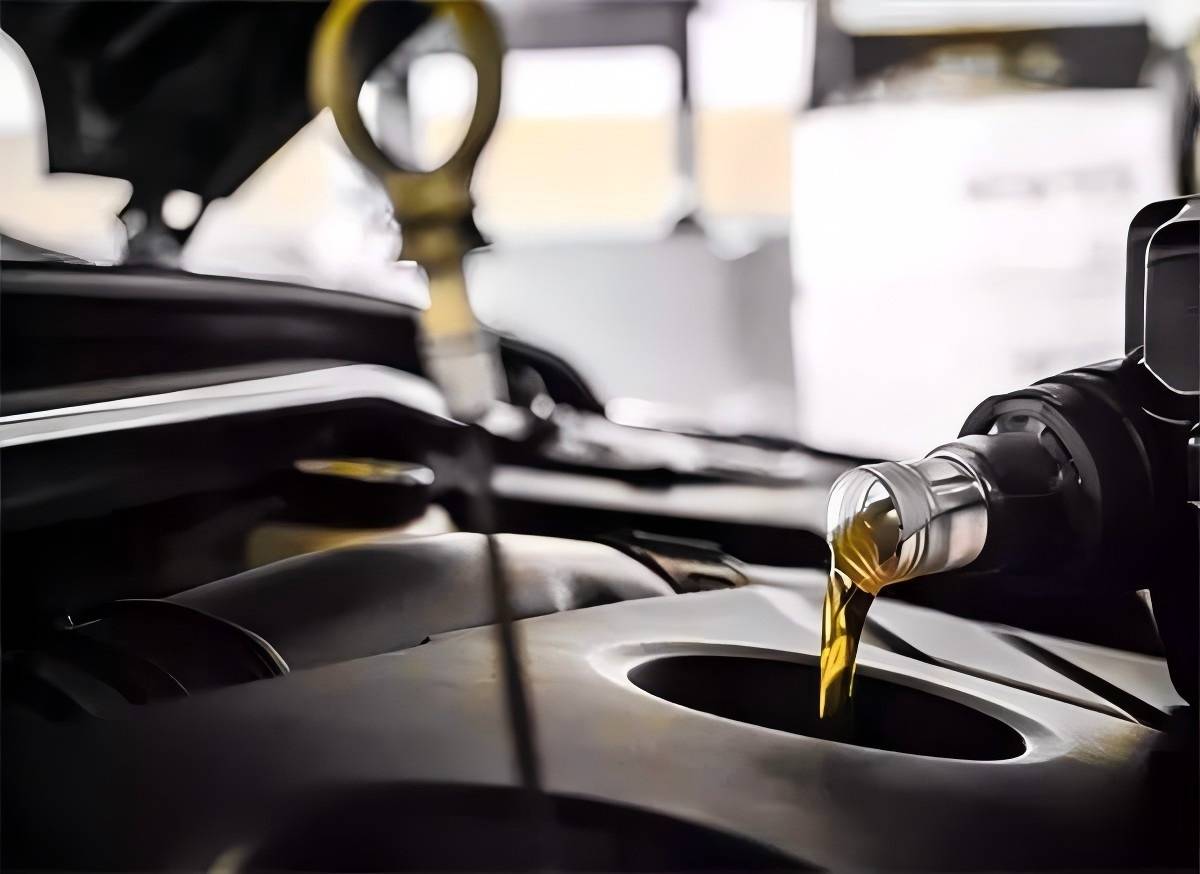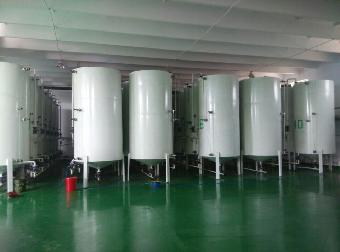After the engine oil is used for a period of time, due to the pollution of external mechanical impurities and dust, the metal chips worn by the running parts and the metal salt formed by the corrosion of the parts will make the engine oil deteriorate.
After modification, the oil is black, foaming, and emulsifying. Rub with fingers without stickiness or smell. The oil drops on the white paper are dark brown with many yellow or black spots. If not replaced in time, it will accelerate the wear of parts, affect the service life, and even cause safety accidents. Therefore, it is very important to check whether the oil is deteriorated and change it in time.

Four Simple Identification Methods
Oil flow observation
Take two measuring cups, one containing the lubricating oil to be inspected, and the other empty on the tabletop. Lift the measuring cup full of lubricating oil 30-40cm away from the tabletop and tilt it to let the lubricating oil flow into the empty cup slowly, and observe the flow. The flow of good-quality lubricating oil should be long, thin, uniform, and continuous. If the oil flow is fast or slow, sometimes there is a large flow, then Say that the lubricating oil has gone bad.
Hand twisting
Twist the lubricating oil between thumb and index finger and grind it repeatedly. The better lubricating oil hand feels lubricity, less wear debris, and no friction. If the greater friction feeling such as sand particles between fingers is felt, it indicates that there are many impurities in the lubricating oil, which can’t be reused, and the new lubricating oil should be replaced.
Light method
On a sunny day, use a screwdriver to lift the lubricating oil at a 45-degree angle to the horizontal. Compare with the sunlight and observe the oil drop. Under the light, it is good to see that there is no debris in the lubricating oil. It can continue to work. If there is too much debris, replace the lubricating oil.
Oil drop trace method
Take a clean white filter paper and drop a few drops of oil on the filter paper. After the lubricating oil leaks, if there is black powder on the surface and there is a sense of astringency when touching it with a hand, it means that there are many impurities in the lubricating oil. The good lubricating oil has no powder, and it is dry and smooth by hand and shows yellow traces.
Once the above four methods are used to detect the deterioration of the oil, it is necessary to change the oil, otherwise, the waste oil will cause wear and tear on the machine. The collected waste oil has many storage requirements.

Storage Requirements for Collected Waste Oil:
(I) site requirements
- The storage site should not be stored in the open air or in one corner of the plant. It should be stored in the warehouse or on a simple open top for inspection and treatment.
- Keep away from open fire and power supply, and keep away from dry, cool, and ventilated places. Take rainproof, impermeable, and leakproof measures.
- The ground shall be solid and flat, clean and easy to find, and deal with oil leakage in time.
- The oil barrel storage site shall be 0.2m higher than the surrounding ground, with a drainage gradient of 5 degrees.
- There are drainage and water-sealing oil separation facilities around the storage site.
- Place dry powder fire extinguishers and stack fire sand for emergency use.
(II) oil barrel requirements
- The waste engine oil shall be in an iron oil barrel, and the end shall be tightly covered; the galvanized iron barrel shall not be used to hold the lubricating oil.
- Keep the barrel body and surface clean and clear. Always check the oil drum for leakage and check whether the signs on the surface of the drum are clear.
- The oil barrel can be placed vertically, but it should be inclined slightly to avoid rainwater gathering on the barrel surface and covering the copper bolt.
- Add wood under the oil barrel to prevent water rust on the ground from corroding the oil barrel.
(III) storage requirements
- Waste engine oil shall be stored in categories with general solid wastes and recyclable wastes, and it is strictly prohibited to mix them.
- Incline to a certain angle at the barrel mouth to prevent external water from accumulating in the barrel mouth and penetrating the oil.
- When the waste engine oil is filled, it shall not exceed 3 / 4 of the package or container, and an effective sealing method shall be used to make the package or container tightly sealed.
- The storage place shall be provided with relevant marks and tight sealing measures to prevent nonstaff contact, and shall be managed by special personnel. No hot work is allowed in the storage place.
- Pay attention to avoid fire sources during storage, use, and handling, and take effective safety precautions to prevent leakage and fire accidents.
- In case of loss, leakage, and other accidents of waste oil, emergency measures such as sand or soil containment and absorption of spilled liquid shall be taken in time, an emergency plan shall be started, rescue work shall be carried out, and the relevant person in charge shall be reported at the same time.
The next step is to filter and purify the properly kept waste oil, which requires the waste oil recovery equipment produced by Yangjiang to complete the work. The waste oil recovery machine produced by Yangjiang uses the best parts and is cheaper than the waste oil recovery machine produced by other competitors in the market. Yangjiang production of waste oil recovery machines is worthy of consumer trust.


